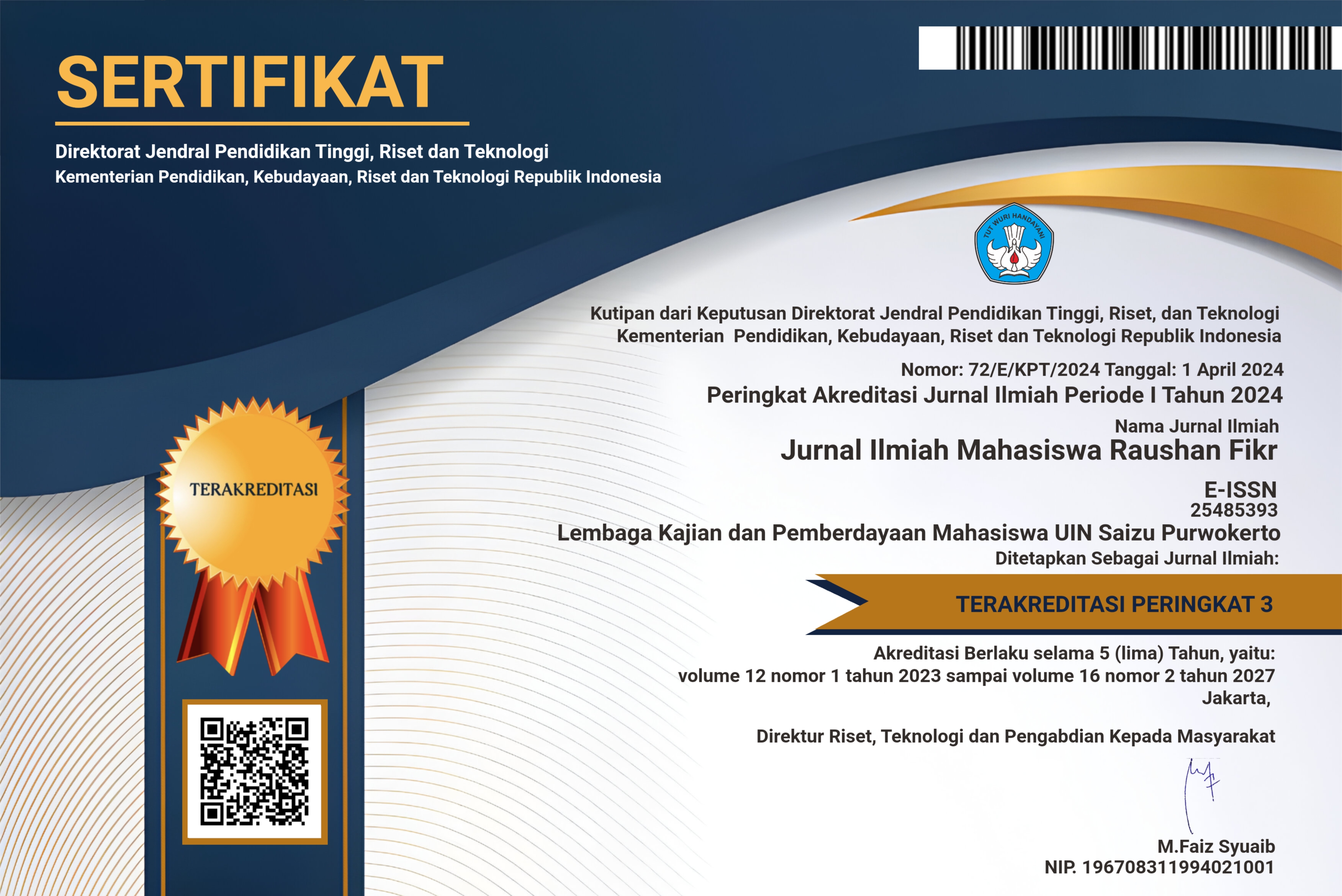Author Guidelines
- The submission has not been previously published in full text or part of it.
- The submission is original, neither a compilation nor a translation.
- Manner of writing the complete article can refer to the template which you can download here.
- For manuscript in Bahasa Indonesia, please use "Pedoman Bahasa Indonesia yang Disempurnakan" as can be downloaded here.
- Arabic Transliteration guideline can be downloaded here.
- The submission is a critical review, or empirical research, which covers:
| Focus Areas |
|---|
| Islamic Law |
| Economy of Islam |
| Da'wa and Communication of Islam |
| Islamic Theology and Thought |
| Islamic Education |
| Social Religious |
| Islam and Local Tradition |
| Qur'an and Hadith Studies |
| Gender Studies |
- Empirical research-based manuscript using formats: Introduction, Research Method, Results and Findings, Discussions, Conclusions and Future Work.
- Introduction: consists of background problem, brief literature review, research question, and research objective.
- Research Method: consists of type of research, subject and object, data collection technique, location, and time of research.
- Result and Findings: contains data presentation, analysis and findings that contribute to the development of science based on research question.
- Discussion: understanding of the findings and their comparison with theory and/or similar research.
- Conclusion: the answer to the research question(s) or the main points of discussion, not merely a summary.
- Critical Review-based and idea/conceptual study uses format: Introduction, Summary, Critique, and Conclusion.
- Introduction: Mention author(s), title, aim, and summary of key argument and your evaluation.
- Summary: Summarise key points and examples; explain the author’s purpose and structure.
- Critique: Balanced evaluation of strengths, weaknesses, and notable features with references to support evaluation.
- Before submitting, the main author must complete the curriculum vitae form available here.
- Manuscript must be submitted via OJS system.
- Register as author or reviewer in the Register page.
- After registration, log in as author → click "New Submission" → Enter Metadata → Upload Supplementary Files → Confirmation.
- In the Start column, choose Journal Section (Full Article), and check all the checklists.
- In Upload Submission, upload the manuscript in MS Word format.
- In Enter Metadata, complete all author data and affiliation, title, abstract, and keywords.
- In Upload Supplementary Files, optionally upload Publication Ethics Statement or other files.
- In Confirmation, check data correctness and click “Finish Submission.”
- If facing difficulties, contact editorial team at [email protected].
- The submitted manuscript will be checked for similarity using Turnitin with a maximum tolerance of 25%. Above that, the manuscript will be returned for revision.















